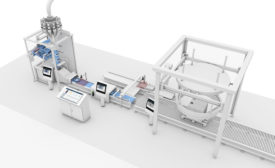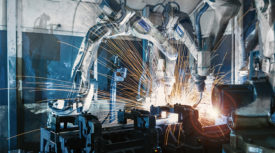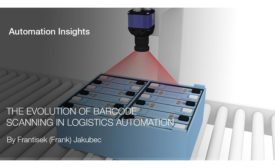Home » Keywords: » sensors
Items Tagged with 'sensors'
ARTICLES
Sponsored Content
IO-Link Transforms Predictive Maintenance and Sensor Management for Efficiency
IO-Link has evolved from a simple tool to a revolutionary technology that enhances predictive maintenance and sensor management within Industry 4.0.
August 29, 2024
Sponsored Content
Boosting Sensor Resilience in Welding With Self-Bunkering Inductive Proximity Sensors
March 8, 2024
Sponsored Content
CIP Safety Block Offers IP67 Protection to Connect Safety PLC and Safety Nodes
Memory Key Makes for Quick Replacement Without Commissioning
December 6, 2023
Sponsored Content
Standardizing Sensors and Cables for Improved End-User Experience
December 5, 2023
Sponsored Content
Enhancing Manufacturing Efficiency: OEE Measurement Through Sensors
December 5, 2023
Sponsored Content
The Evolution of Barcode Scanning in Logistics Automation
October 26, 2023
EVENTS
Never miss the latest news and trends driving the manufacturing industry
Stay in the know on the latest assembly trends.
JOIN TODAY!Copyright ©2024. All Rights Reserved BNP Media.
Design, CMS, Hosting & Web Development :: ePublishing










